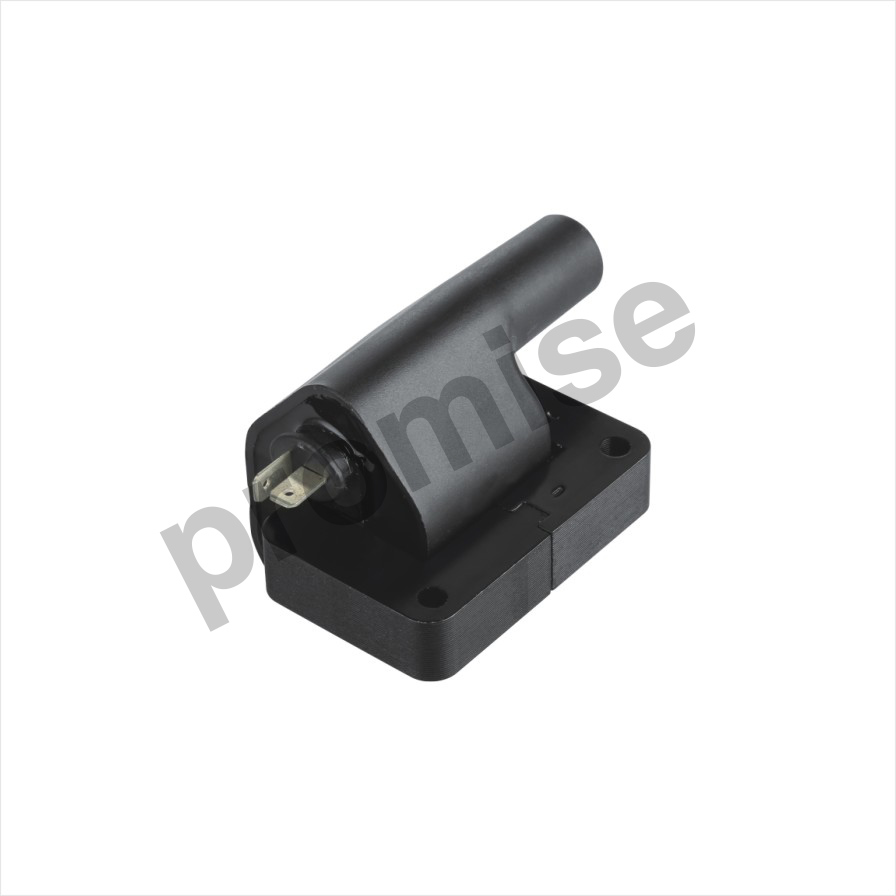An ignition coil is actually an electrical induction co […]
An ignition coil is actually an electrical induction coil within an automobile's ignition system which converts the voltage of the battery's charge to the thousands upon thousands of volts required to generate an electrical spark in the diesel spark plugs to ignite the gasoline. It is located within the Engine Control Module (ECM) and ignition system and is usually under the hood. They are designed for ease of maintenance and to limit the amount of voltage supplied to the ignition systems spark plug. The ignition coils are made of a ferromagnetic material, which is what causes the electricity to flow within the induction coils. This electrical flow creates an electromagnetic field that is used to power the ignition coils. This system is very susceptible to a number of problems both small and large, that can affect the performance of the ignition coils and cause many issues with the overall performance and efficiency of the engine.
One of the biggest problems that many people notice with the ignition coils is that the sparks from the plugs often do not appear as they should. One way to troubleshoot this problem is to connect a multimeter to both the positive and negative terminals on the coil pack and to the ignition coils themselves. By reading the multimeter and noting the voltage on the display you will be able to determine the voltage applied to the ignition coils and the amount wasted spark system voltage that occurs. In many instances, the amount of wasted spark system voltage is so significant that it can cause the vehicle to overheat. If this happens, the engine will need to be shutdown immediately and a new spark plug installed.
Another issue that is often noted with the ignition coils is that they may have either lost their complete circumference or their shape has been changed. These issues are both easily fixed by changing or trimming off the insulation around the coil packs. If the insulation is damaged, the vehicle's oxygen supply will be limited and a battery may need replaced. If the spark plug wire has been damaged by static electricity or hot wax, it will need to be replaced.
The final step for troubleshooting the ignition coils is to use a multimeter to test the connections to the starter and the engine. If the wiring to the starter is OK but the wires to the engine are burnt, this can often be resolved by cutting the insulation around the primary winding. In order to test the engine, it is important to use the terminals on the spark plugs. These terminals are normally black but can be red in certain conditions. If the resistance to electricity at the terminals are detected, the wiring to the igniter has either been disconnected or it is experiencing a low current.
With these steps having been completed, you are now ready to install the coils. To properly install the coils, you need to have a steady work area, which is away from any obstacles such as other mechanical components, heaters, gas bottles or anything that may create interference. It is also important to make sure that the ignition coils are installed correctly because if they are installed backwards, there is a high chance that the coils will not fire when the car is starting. To test the coils, plug the key into a socket or a wall outlet to ensure the coils fire with a good current.
After testing the ignition coils, and if everything is alright, you can reconnect the spark plugs and the wiring to the vehicle. Now you are ready to enjoy the smooth running of your car. However, in order to avoid issues such as spiking, there are certain steps that need to be taken when installing the coil packs. The first step is to ensure that the terminals on the spark plugs are facing down and to have the terminals face up when looking at them through the windshield. If the steps are followed correctly, there should not be any issues relating to spiking with the Ignition coils.
We are a leading manufacturer and supplier of ignition coil in China, and we look forward to cooperating with you.
